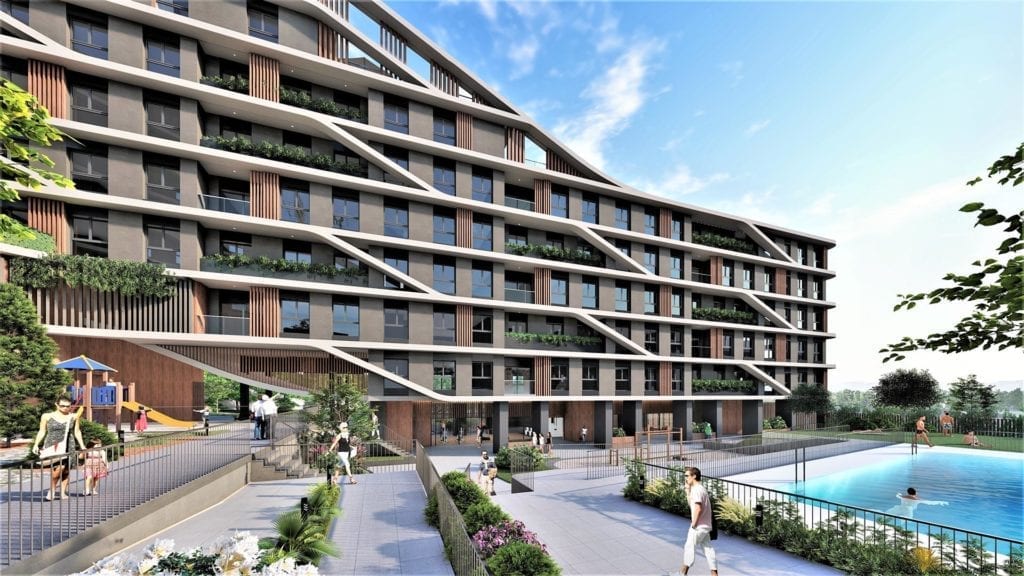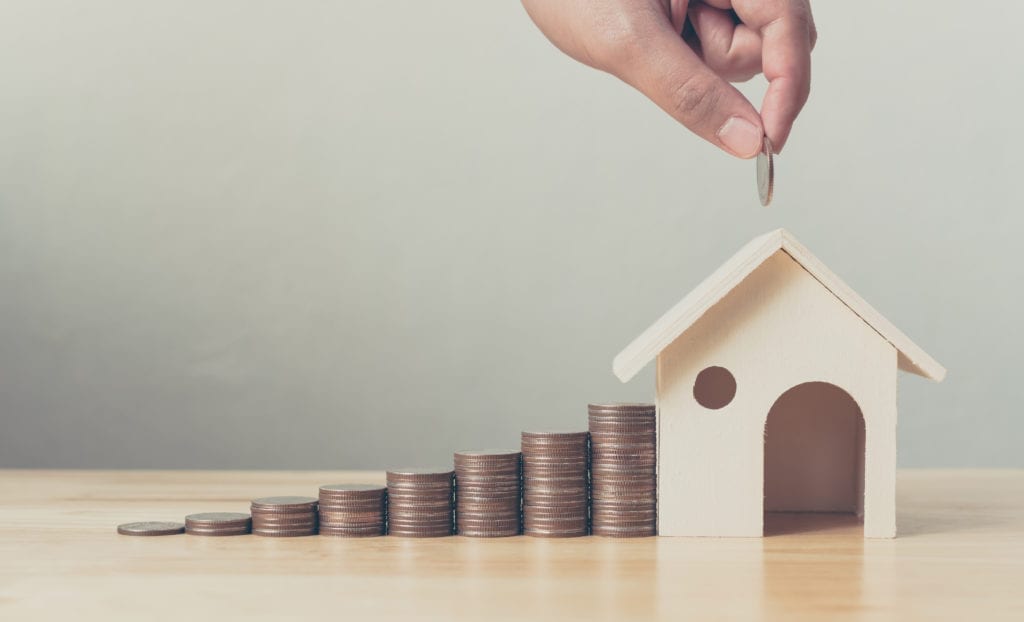4 February 2018 – El Confidencial
Only 18% of the homes sold last year were new build properties.
It is the dream of thousands of Spaniards: to buy their own home and, wherever possible, for that home to be brand new. Nevertheless, it is a dream that now, more than ever, only a lucky few are managing to realise. In 2017 – based on data for the 11 months to November from the National Institute of Statistics (INE) – more than 350,000 second-hand homes were sold in Spain – comprising second and subsequent sales for statistical purposes – compared with just 77,500 new homes – first sales -. In other words, the latter accounted for just 18% of the total number of transactions.
That has not always been the case. At the height of the crisis – between 2008 and 2013 – and as a consequence of the huge stock of unsold new homes that was generated during the real estate bubble, sales of both types of homes were pretty much the same. However, all indications are that new homes are going to continue to be a scarce product and only affordable for the lucky few, given that estimates for the property development sector as a whole indicate that activity is going to normalise at an output rate of around 150,000-200,000 units per year, a figure which the experts consider corresponds to the natural demand for housing, in other words, to the creation of new homes. These numbers come in stark contrast to the 850,000 new homes that were approved in 2006, the highest figure in the historical series.
To put it in context, 81,500 (new home) permits were granted last year, up by 27% compared to the previous 12 months, but still only half the number that property developers expected to reach and 10 times fewer than at the height of the boom.
Property developers dream of reaching those figures in the short term, nevertheless, some voices have already started to warn about the possibility that they may not be able to achieve it due, on the one hand, to a lack of land – plans and urban development projects have been suspended all over Spain, and in particular in markets with lots of demand for housing such as Madrid – but also, and above all, due to a lack of financing.
There will not be financing for 150,000 homes
That was stated publically this week by the President of Property Developers in Madrid (Asprima), Juan Antonio Gómez-Pintado. “The problem is that the market is heading towards 150,000 homes per year, whilst bank financing looks set to provide for just 65,000 homes” (…)
Despite those storm clouds, if there does end up being enough money to go round, will people on the buy-side be able to afford the new homes? For months, real estate debates have been raging about the fact that the homes that are being built at the moment are not affordable for most buyers, which primarily constitute owners looking to reposition themselves – people who already own a home and who want to sell it to buy a better one -.
“The demand is not willing to assume future increases in house prices (…)”, said Ignacio Moreno, CEO of Inmoglacier just a year ago.
The lack of product for sale and the high costs of construction are being passed on in the final prices of homes and also in the prices of land. And all indications are that the rising spiral is set to continue and may even intensify. “Land prices are going to continue to rise, following in the footsteps of housing but multiplied by three. In other words, if house prices go up by 5%, land prices will rise by 15%”, calculates Mikel Echavarren, CEO at Irea.
Price gap
In this way, according to data from INE, during the third quarter of 2017, the prices of both new build and second-hand homes rose by 7%. And it is the very lack of new build product that is inevitably pushing up prices. But that same shortage is also forcing demand towards the second-hand market, which is also pushing prices up, although, at the national level, the price gap between second-hand and new build homes has been increasing in favour of the latter (…).
Nevertheless, the price per square metre of a new build home is not always more expensive than a second-hand property. El Confidencial has compared the prices per square metre of new build homes in several districts of Madrid and Barcelona, as reported by Socieded de Tasación at the end of 2017, with the prices of second-hand homes, according to the real estate portal Fotocasa, and found that in some cases second-hand homes are more expensive.
How is that possible? The real estate portals show asking prices – not the prices at which operations are actually closed. According to a recent study performed by this real estate portal, in the last year, 71% of buyers obtained an average reduction (on the asking price) of €14,000, a figure that in the majority of cases represented a discount of 10% on the initial sales price (…).
On the other hand, for statistical purposes, when we talk about second-hand housing, we are not always taking into account the age of the property, but rather the number of times that the home has changed hands. Many developments in the hands of the banks are considered second-hand because there has already been a prior transaction involving that property – from the bankrupt property developer to the bank, for example – This means that when such a home is sold it is considered as a second-hand property, even though it may never have actually been lived in. And the prices of those units tend to be higher than those of homes that are several years old (…).
Original story: El Confidencial (by E. Sanz)
Translation: Carmel Drake

 Portugal
Portugal  Italy
Italy  Greece
Greece 








